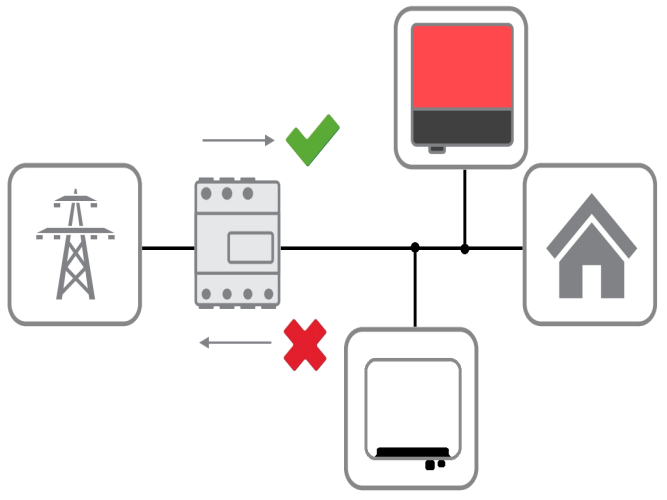The Sunny Islands have no computer hookup, no wifi, no ethernet (not really), no blue tooth.. and no options to hook any of these up. There is no way to remotely monitor them at all.. You can't even install an IP Camera and point it at the dot matrix display because the darn thing goes dark if you don't press a button every now and then.
I'm now using Sunny Web Box, which talks to both Sunny Island and Sunny Boy via RS-485. That (an obsolete product with known hacking vulnerability) provides remote monitoring and configuration, suitable for an air-gapped network.
Previously, I used Sunny Data Control with its own dinky display and pushbuttons to configure some Sunny Boys. It didn't recognize Sunny Island or the Sunny Boy 10000TLUS.
I configured the TLUS with Sunny Explorer and a Speedwire (Ethernet) piggyback, then reverted to RS-485 piggyback and tried to use them for grid-backup. I discovered the bug that feature wasn't correctly implemented in firmware, so SMA told me to use off-grid and they updated their compatibility list.
Colorist - you think Speedwire might work on older Sunny Boys for which it isn't listed?
We discussed RS-485 for power output throttling. Considering it is run at 1200 baud, 120 characters/second, I don't think it could do fully real-time control, but would be usable to average zero (or other amount) export over the one minute time frame for a multiple-inverter system.
I would consider a system with 48 kW SB, 24 kW SI, 10kW export limit. Catch is, need to limit power from SB feeding through SI (supplying other loads this side of meter) to about 24kW due to relay current limit. I don't think 1200 baud would be fast enough.



